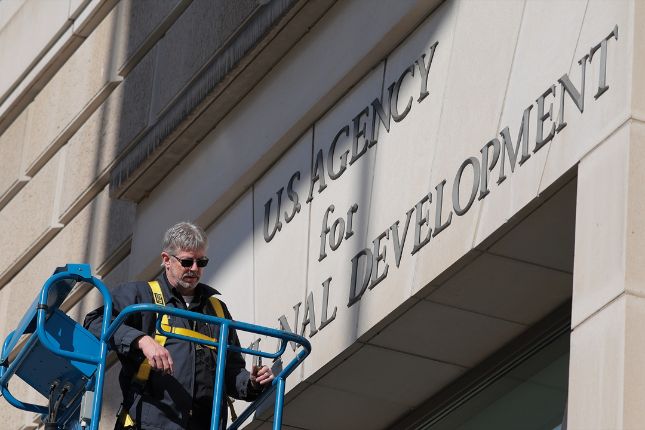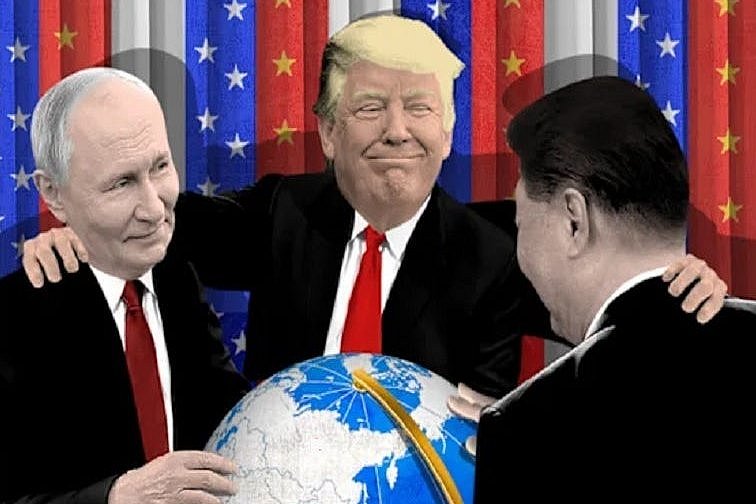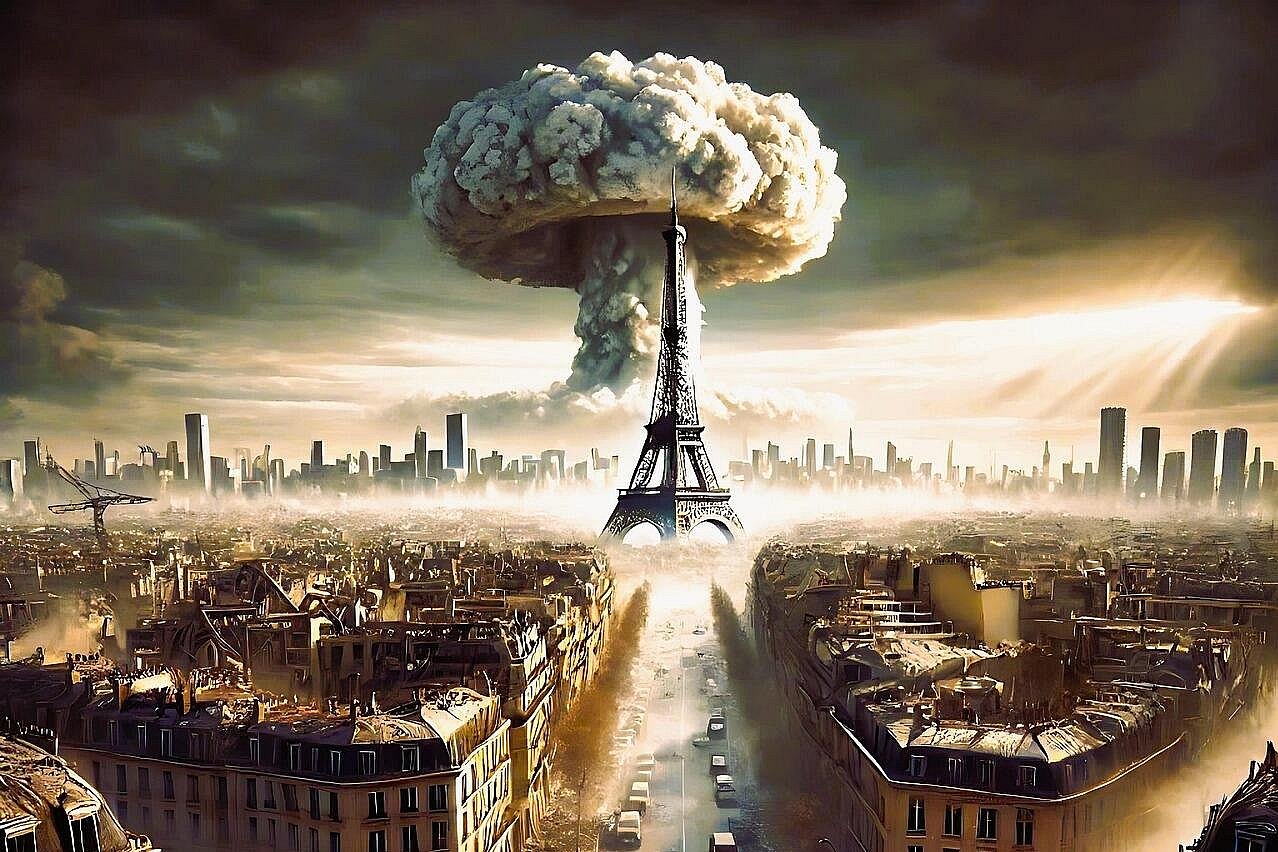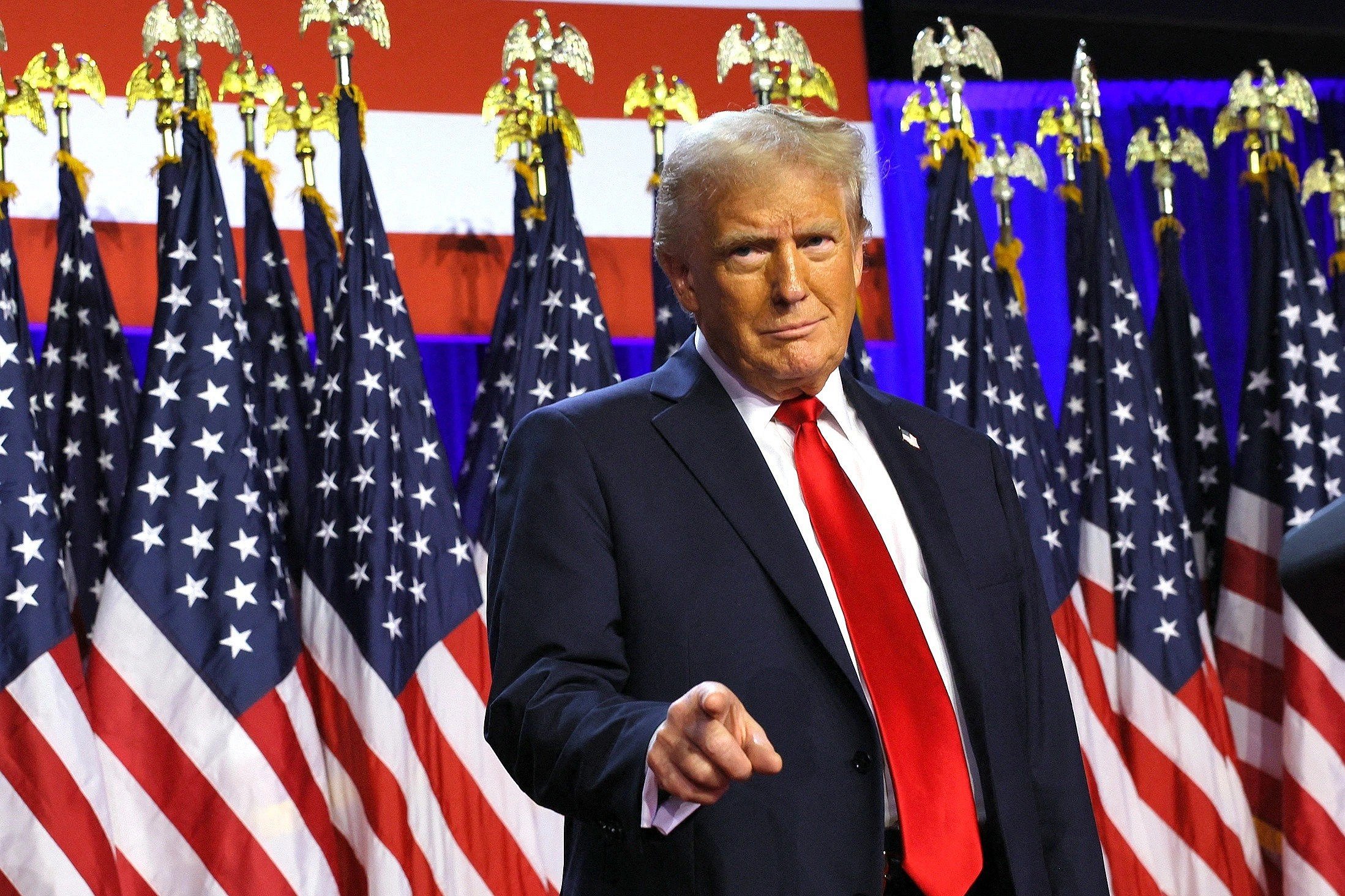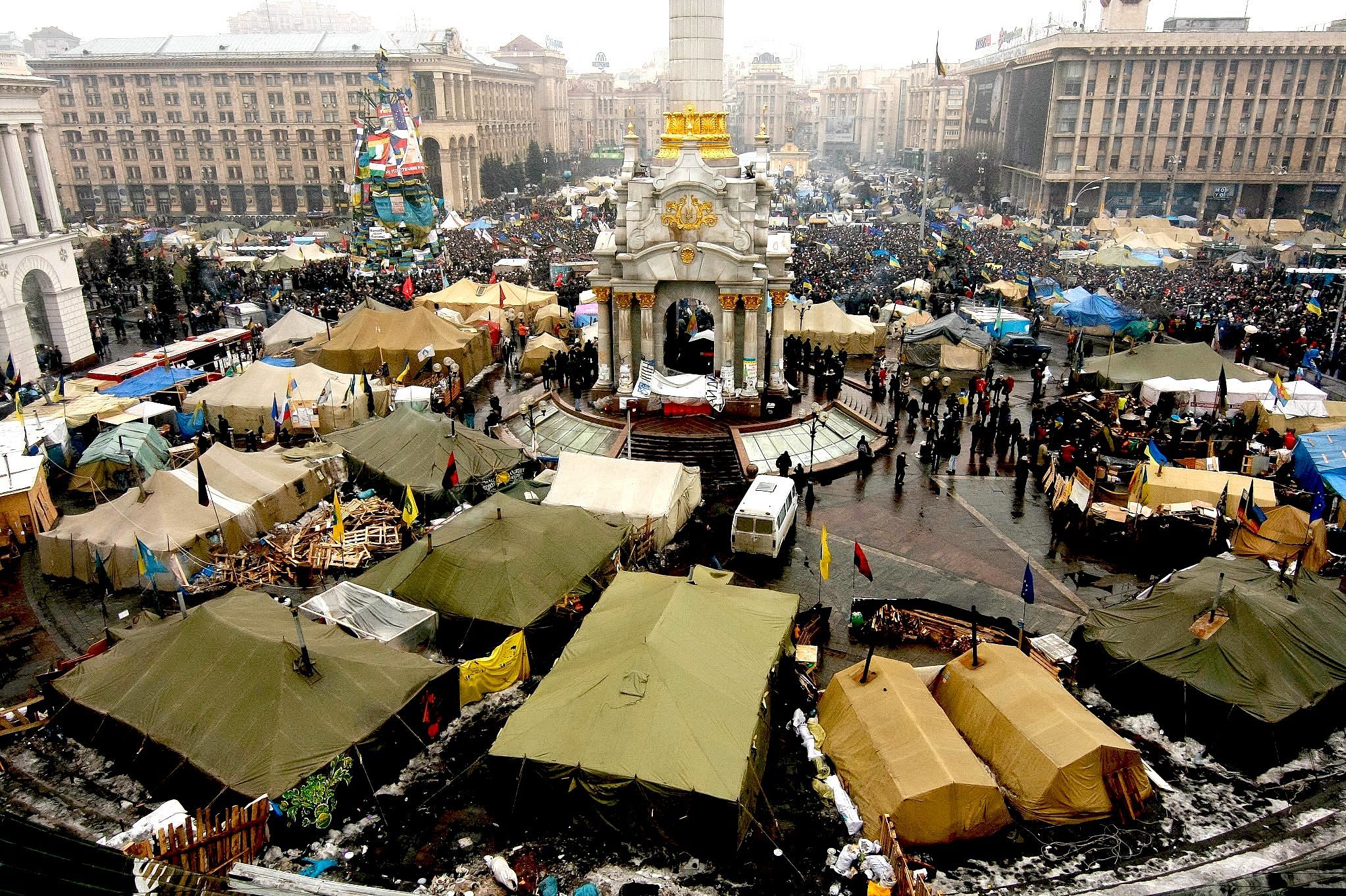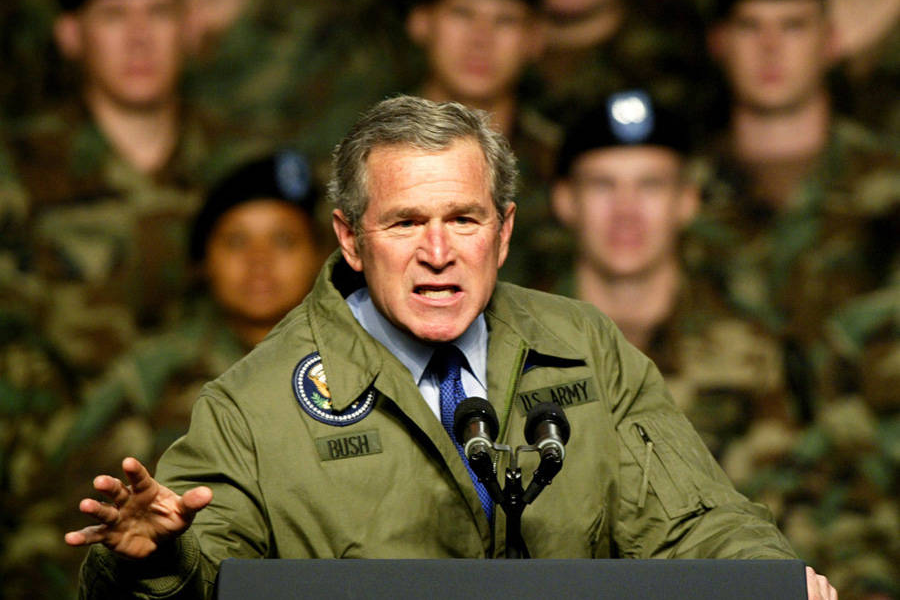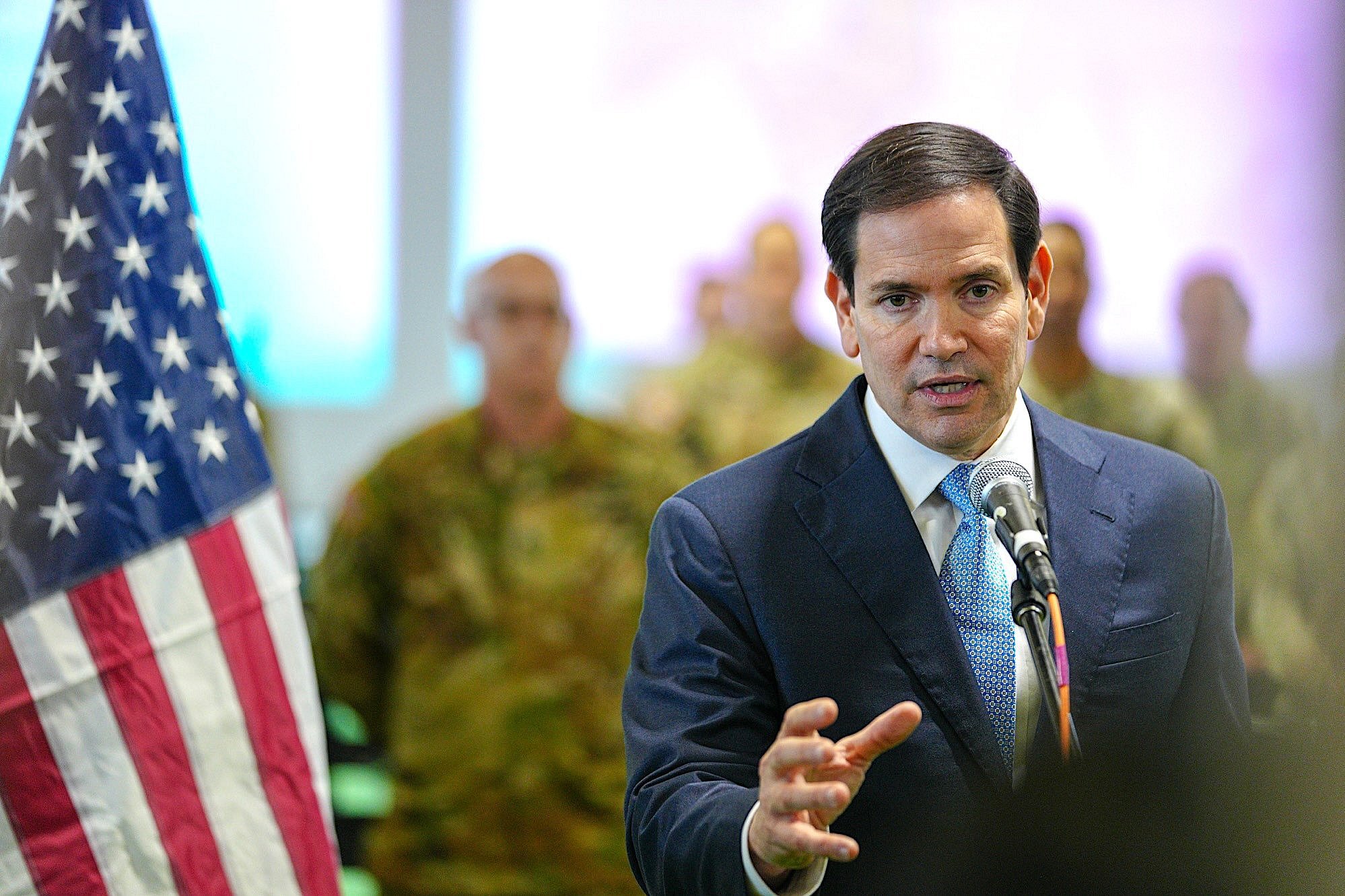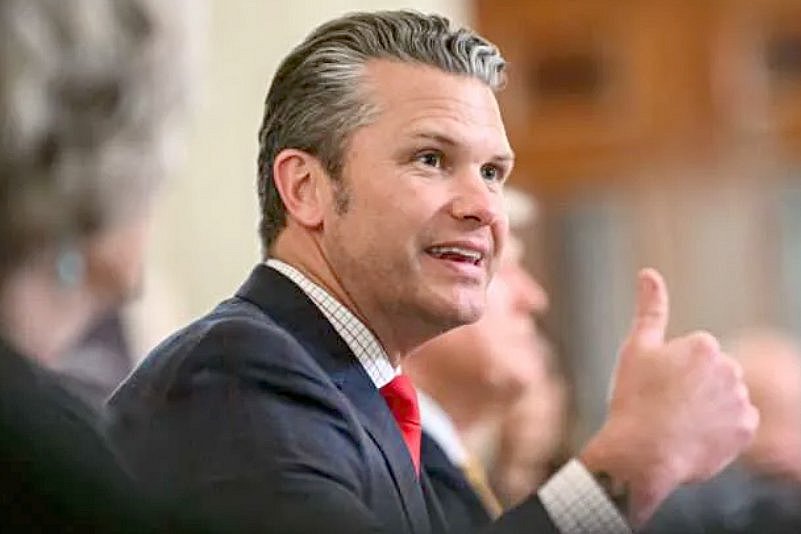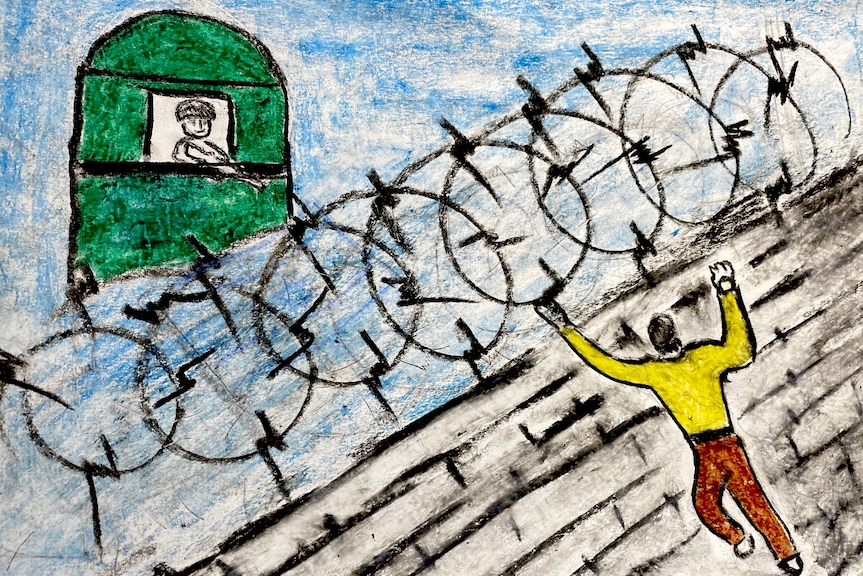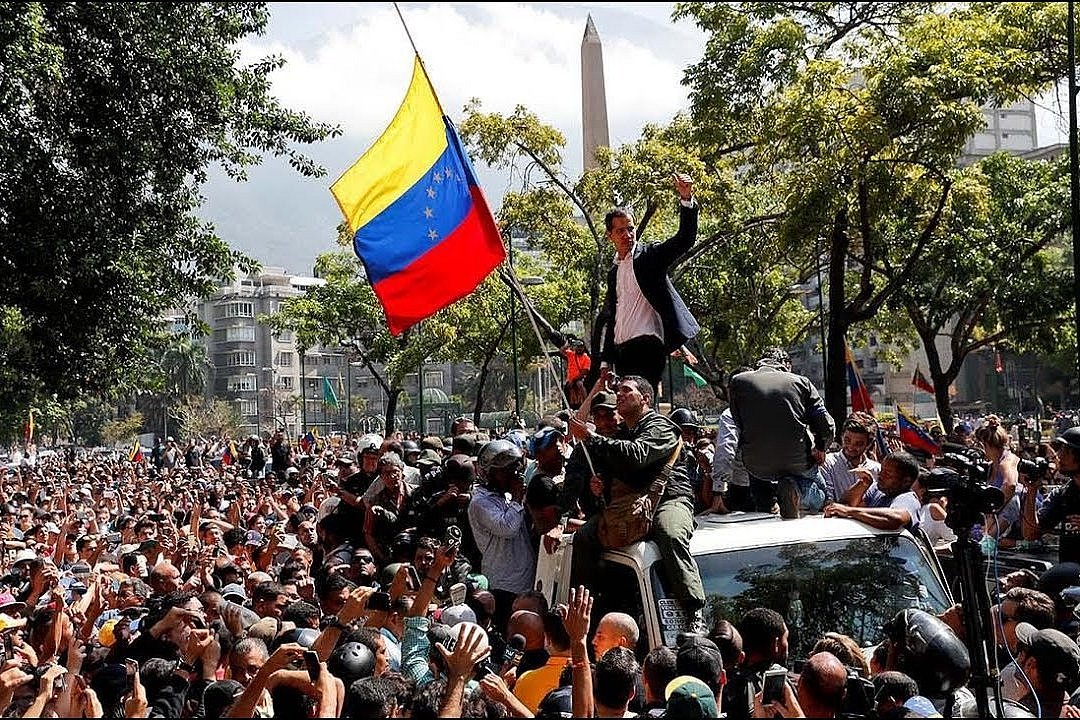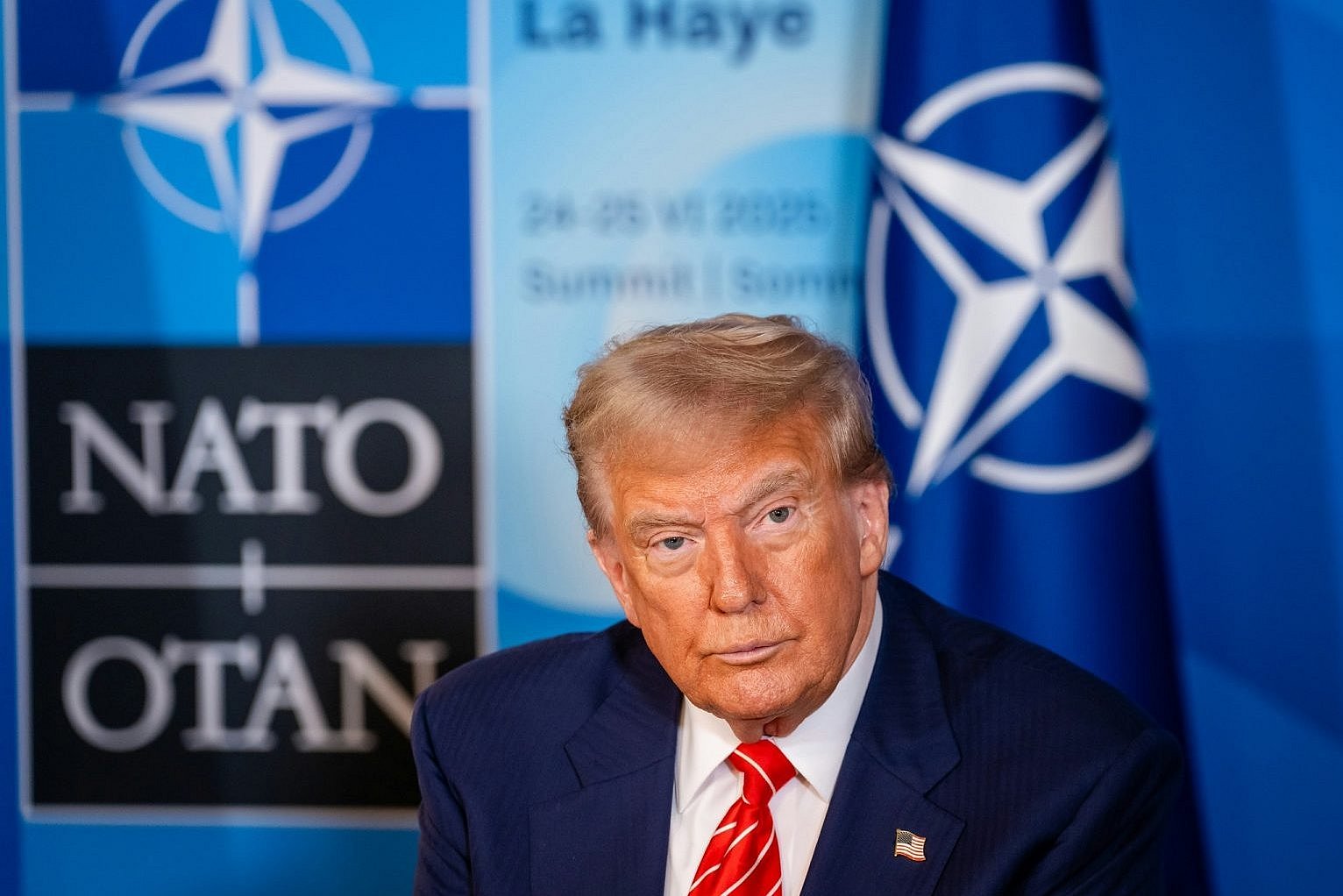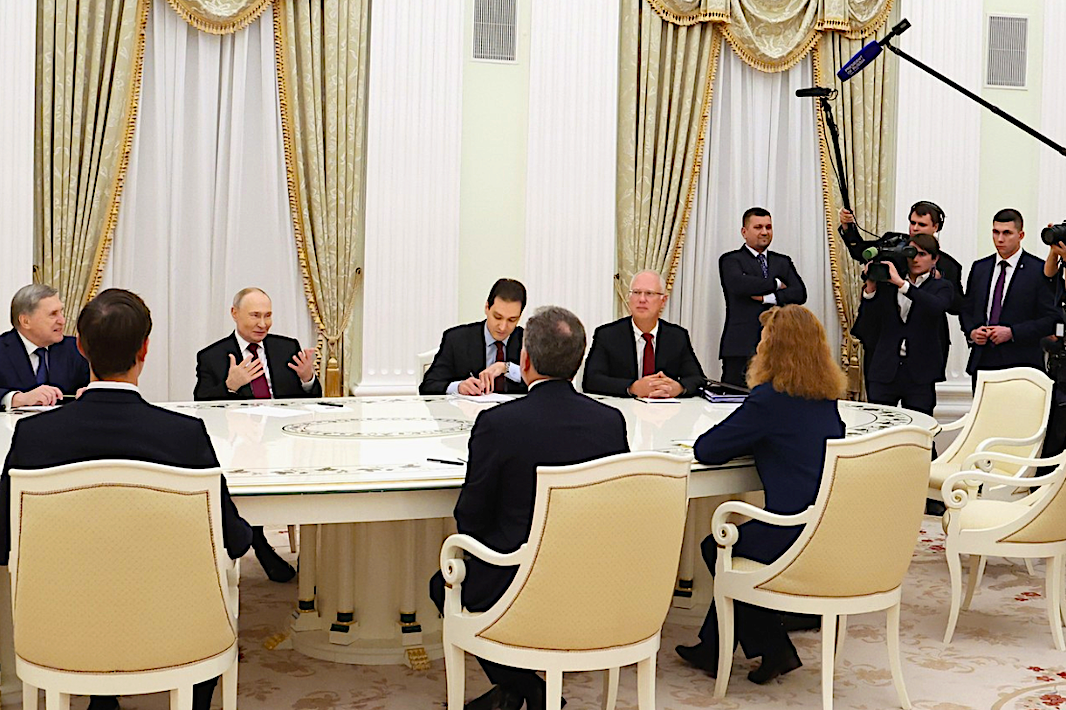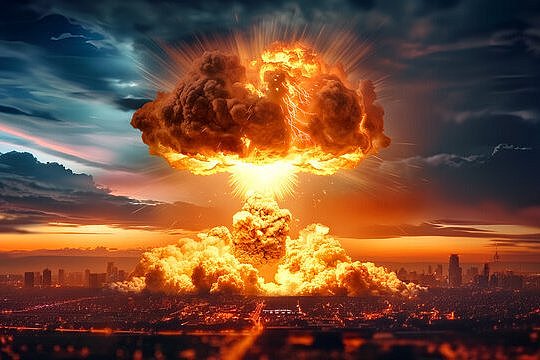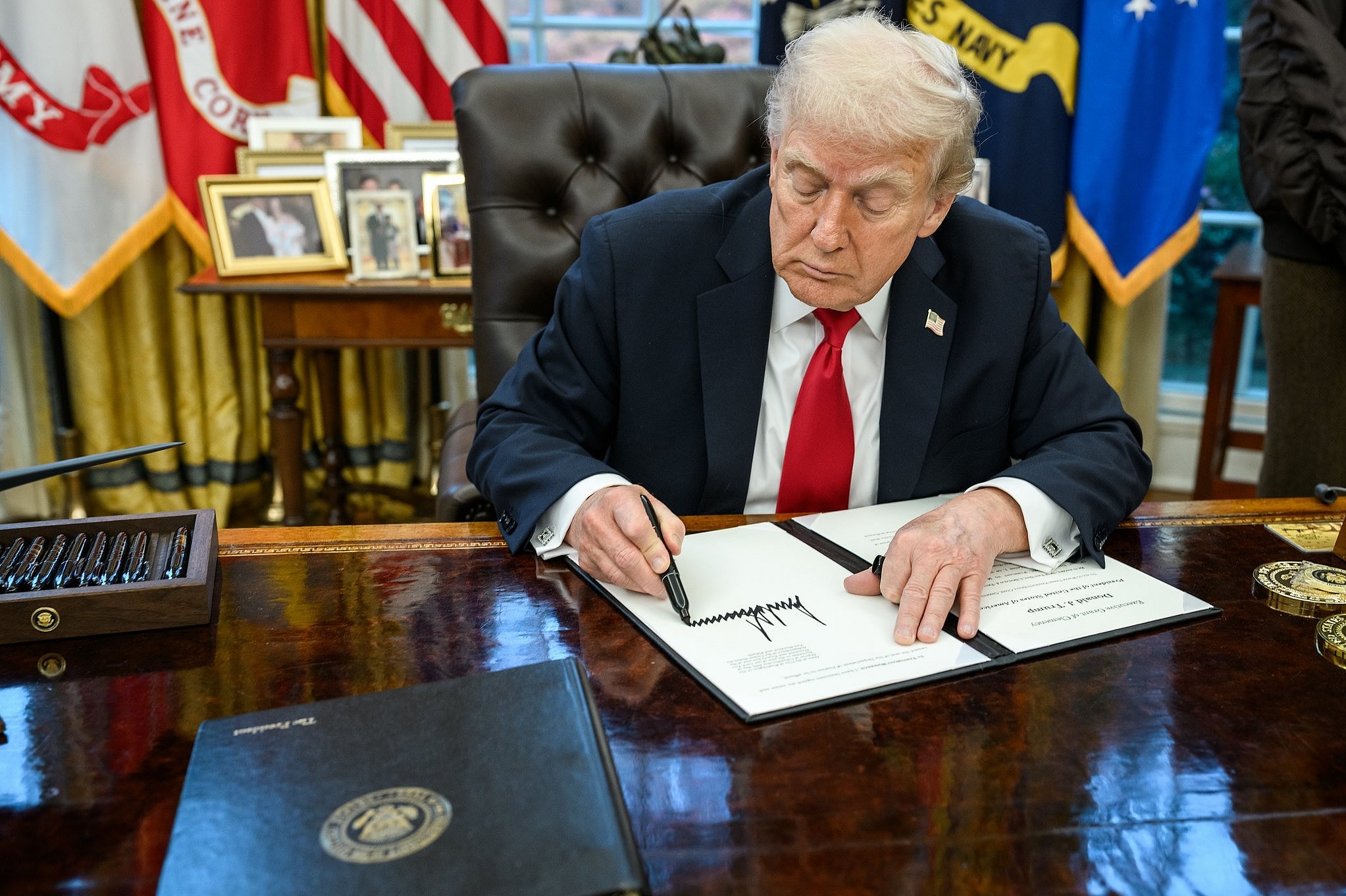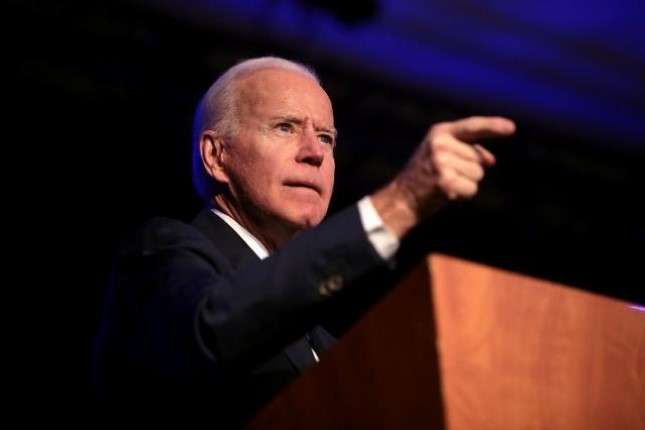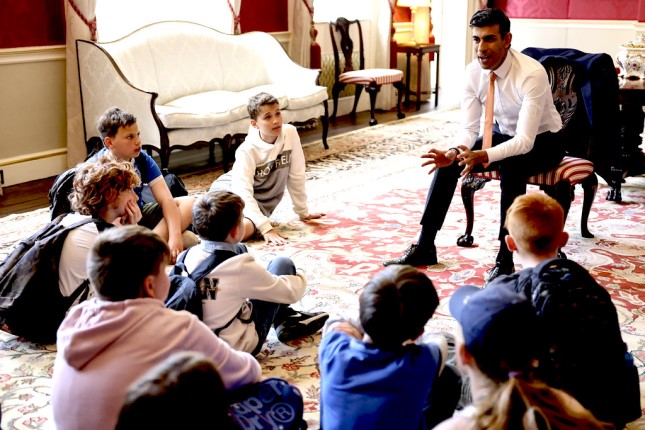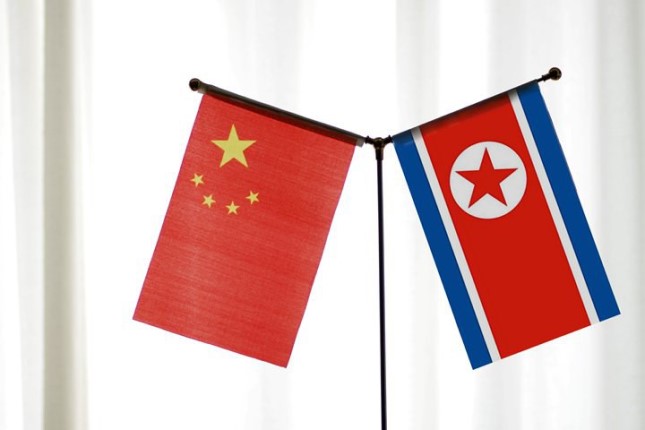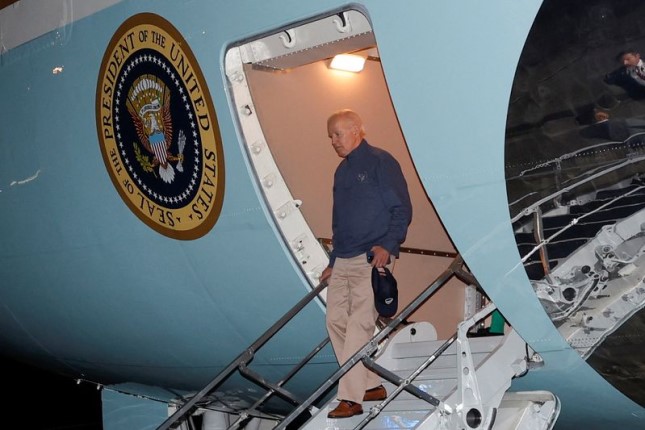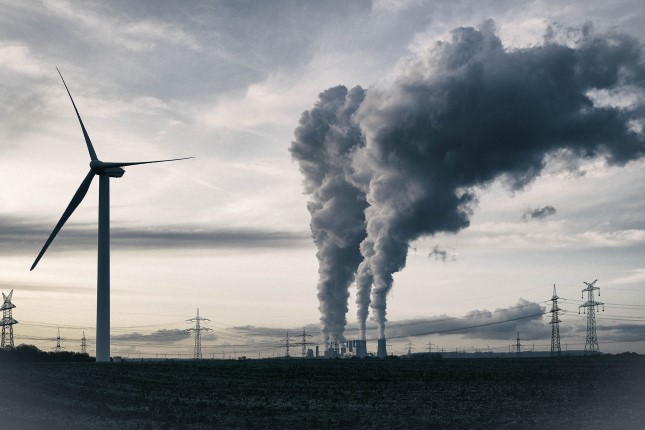Thousands of USAID employees were asked to take "paid leave" under Trump administration's plan. On February 7, a US federal judge ruled to suspend the "paid leave" plan, and on February 13, the suspension was extended for another seven days.
Official data shows that in the fiscal year 2023, USAID is an agency with approximately 10,000 employees, two-thirds of whom work overseas. The agency has offices in over 60 countries and regions, with operations spanning more than 100 countries and regions across Africa, Asia, Latin America, the Middle East, and Eastern Europe. How did such an agency develop? Why does its existence spark intense debates in the US political landscape? What are the true purposes and practices of this agency that claims to focus on "humanitarian" and "development assistance"?
To answer these questions, the Global Times presents a series to outline the history, the funding chains and complex controversies behind the agency. In the first installment, by narrating the establishment process and historical role of USAID, we will analyze what purposes does it serve for the US, and how it has gradually evolved into a large entity with over 10,000 employees worldwide. In the second installment, we will uncover how USAID has used foreign aid for over half a century to carry out ideological infiltration and so-called "democratic reforms" in developing countries, thereby serving the geopolitical interests of the US.
Born for "cold war"
According to a report updated on the website of the Congressional Research Service (CRS) for the US Congress on January 6, USAID's workforce totals more than 10,000, with approximately two-thirds of them serving overseas. The agency maintains more than 60 country and regional missions.
USAID was established by former US president John F. Kennedy in 1961 and was designed to "counter the influence of the then-Soviet Union during the Cold War and to run various foreign assistance programs," according to an NBC News report on January 5.
In the early days after the establishment of USAID, during the Kennedy and Johnson administrations, the agency heavily focused on top-down macro-economic reforms and public administration in key partner countries. The US was virtually alone as a major bilateral donor, and private capital flowing to the developing world was quite little, giving Washington disproportionate influence and impact as developing countries found themselves sometimes squeezed by the harsh realities of Cold War geopolitics, said an overview of the agency published on The Foreign Service Journal in November 2021 to mark the 60th anniversary of USAID.
During the Nixon administration, the Vietnam War and the rise of US-backed military governments in Latin America led to growing public dissatisfaction with foreign aid programs. The US Congress passed the "New Directions" legislation, marking a shift in USAID's approach and somewhat countering calls for the agency's abolition.
The Reagan administration marked the next turning point - impacted by the Cold War, foreign aid budgets surged dramatically, and USAID made significant investments in health, becoming a leader in global child survival initiatives, according to The Foreign Service Journal article.
USAID encountered some turbulence in the 1990s.
John Norris, who had served in a number of senior roles in government, international institutions, and nonprofits and is the author of The Enduring Struggle: The History of the U.S. Agency for International Development and America's Uneasy Transformation of the World, said that "this decade is perhaps the most tumultuous in USAID history."
According to an article by Norris, published in 2014, which the Global Times found on the media platform Devex, after former US president Bill Clinton took office in 1993 after the end of the Cold War, both the US State Department and Congress sought to significantly reduce the USAID budget, directing more resources toward domestic affairs.
In April 1997, in part to respond to congressional critics who wanted to radically restructure or abolish USAID, the Clinton Administration proposed a foreign affairs reorganization that included absorption of the functions of the Arms Control and Disarmament Agency and the US Information Agency into the State Department. The agreement with Congress allowed USAID to remain a separate statutory agency with its own appropriation, but with the Administrator reporting to and under the direct authority and foreign policy guidance of the Secretary of State. Congress approved legislation authorizing this approach in the Foreign Affairs Reform and Restructuring Act of 1998, which was signed into law on October 21, 1998, according to another CRS report updated in January 2015.
Despite this, USAID in the following years could only be described as having "barely survived," according to Norris, with its budget being cut, core functions being eliminated, and a significant number of employees being laid off.
According to the article by Norris in 2014, USAID closed more than 26 missions in countries that had either graduated from the need for aid or were simply bad partners - the first reduction in the number of countries receiving US assistance since the Marshall Plan.
Between 1995 and 2000, the agency's workforce shrank by 29 percent, with the number of directly hired employees being only half of what it was 20 years earlier, and at least one-third of the remaining employees at nearing retirement age. It was also during this time that USAID began to outsource a significant amount of its work.
By the early Bush administration, USAID was still reeling from the struggles of the previous decade. The aftermath of the September 11 attacks brought a surge of resources and personnel, along with complex missions in Iraq and Afghanistan. These missions often reminded the public of the experiences in Vietnam. As former USAID official James Kunder was quoted as saying in the CRS report in 2021, "The hard lesson from both Afghanistan and Iraq was that development programs are not a good substitute for an effective diplomatic and military strategy."
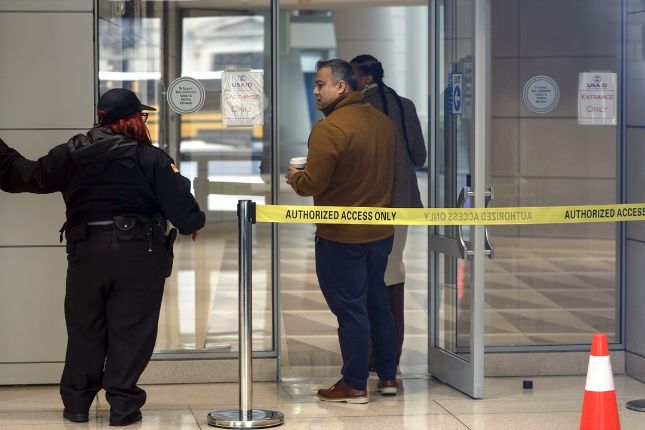
A security guard stands at the entrance to the USAID headquarters on February 3, 2025, in Washington, DC, the US. Photo: VCG
Every 3/5 dollars of foreign aid was distributed through USAID
The US claims itself the world's largest donor of foreign aid. So how much does it actually spend on foreign aid?
According to data from the US government's official foreign aid statistics website, cited by the Pew Research Center in a report on January 6, the US government disbursed a total of $71.9 billion in foreign aid in the fiscal year 2023, which accounts for 1.2 percent of the total federal expenditure that year ($6.1 trillion).
In fiscal year 2023, USAID distributed nearly $43.8 billion in aid, about three of every five foreign-assistance dollars, according to the Pew Research Center.
In terms of aid sectors, the aforementioned $71.9 billion was primarily spent on "economic development" (27 percent of the total), "health" (22.3 percent), "humanitarian aid" (21.7 percent), and "peace and security" (14.2 percent). However, the Pew Research Center also states, "the categories can be somewhat opaque and the lines between them blurry." For example, of the approximately $15.9 billion allocated for "macroeconomic foundation for growth," $14.4 billion was direct monetary support to the Ukrainian government amid the Russia-Ukraine conflict.
What do Americans think about their country's foreign aid? According to the Pew Research Center, opinions among Americans regarding the effectiveness and desirability of foreign aid have been "split" for a long time.
In an online survey in March 2023, only one-third of 11,004 American respondents said that US foreign aid "mostly benefits developing countries," while slightly more (37 percent) indicated that such aid "is both beneficial and harmful to these countries," and 8 percent stated that it "mainly harms developing countries."
A 2024 poll conducted by the Chicago Council on Global Affairs also showed that half of 2,106 Americans support reducing the amount of foreign economic and military aid, with more than half favoring prioritizing domestic issues.
A pie in the sky
The split attitude of the American public is not without reason. "USAID's legacy is complex, deserving of neither hagiography nor damnation as is too often the case," read the abovementioned CRS overview article on USAID in 2021.
Diplomacy, development, and defense (3Ds), represented by the Department of State, the USAID, and Department of Defense, are the "three pillars" of the US national security strategy. Since its establishment, USAID has been the principal US agency to extend assistance to developing nations and those countries recovering from disaster, trying to escape poverty, and engaging in democratic reforms.
When US Secretary of State Marco Rubio ordered an immediate suspension of the vast majority of USAID's existing foreign aid programs at the end of January, some officials from international charitable organizations expressed serious dissatisfaction. Daryl Grisgraber, humanitarian policy lead for Oxfam America, said the change was likely to be drastic. "It really will have potentially life or death consequences for millions of people," he was quoted as saying in an AFP report in early February.
However, at the same time, USAID faces allegations of corruption and waste domestically. The White House, on February 5, published a list of USAID projects, which it said were evidence of "waste and abuse," including a grant of $1.5m to an LGBTQ group in Serbia, $2.5m for electric vehicles in Vietnam, and $6m for tourism in Egypt.
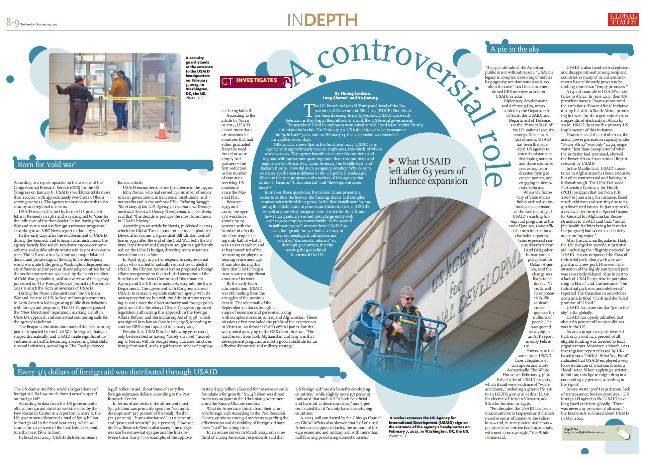
A controversial role
"For decades, the USAID has been unaccountable to taxpayers as it funnels massive sums of money to the ridiculous - and, in many cases, malicious - pet projects of entrenched bureaucrats, with next-to-no oversight," the White House said.
USAID is also faced with skepticism and disappointment among recipient countries as many of its aid commitments have ultimately proven to be nothing more than "empty promises."
A typical example is USAID's assistance to Africa. In June 2013, then US president Barack Obama announced the ambitious "Power Africa" initiative during his visit to South Africa, promising to invest funds to generate 20,000 megawatts of electricity in Africa by 2020. USAID became the primary US implementer of this initiative.
However, as of the end of 2020, the actual power generation capacity under "Power Africa" was only "4,194 megawatts," less than one-quarter of what the initiative had promised, showed the Power Africa 2020 Annual Report released by USAID.
In the Middle East, USAID's assistance to Afghanistan has been extensive but often controversial and lacking in follow-through. The USAID-funded Partnership Contracts for Health (PCH) program that ran from July 2008 to June 2015, for instance, faced much criticism and scrutiny due to its quality-related issues. In January 2016, a review letter from the Special Inspector General for Afghanistan Reconstruction to USAID said that, "not all [the health facilities being built under the program] had access to electricity and running water."
After the 2010 earthquake in Haiti, the US pledged to provide substantial aid, including the "flagship projects" by USAID that encompassed the Caracol industrial park, along with a power plant and a new port. However, construction of the highly anticipated port was repeatedly delayed, "due in part to a lack of USAID expertise in port planning in Haiti," and, furthermore, "the industrial park was underdelivered," reported The Guardian in an October 2019 article titled "Haiti and the failed promise of US aid."
USAID has done similar "pie in the sky" talks globally.
USAID has openly admitted that about 80 percent of its expenditures was in the US.
Its 2022 progress report revealed that, only about 10.2 percent of all eligible funding was directed to local organizations. Moreover, a March 2023 investigation report released by UK-based group "Publish What You Fund" indicated that USAID employed a very loose definition of what constitutes a "local" actor. When applying a stricter definition, this figure might drop to a concerning 5.7 percent, according to the report.
Severe waste, profit repatriation, lack of transparency, broken promises... US foreign aid agencies like USAID have long faced criticism globally. "There was never any pretense of altruism," the Economist surmised about USAID in May 2023.
Main photo: A worker removes the US Agency for International Development (USAID) sign on the entrance of the agency's headquarters on February 7, 2025, in Washington, DC, the US © VCG.
Source: The Global Times.
